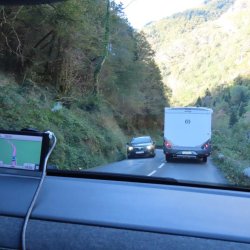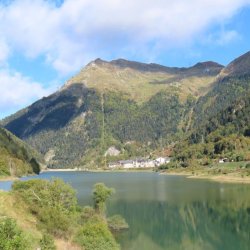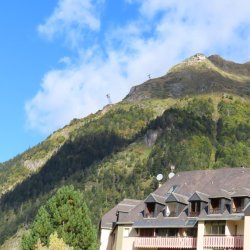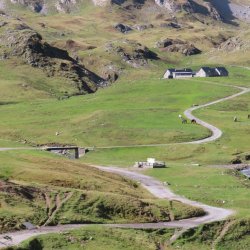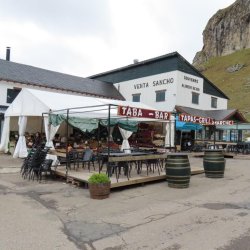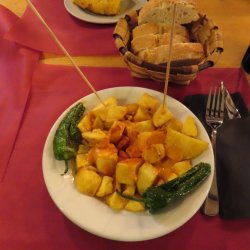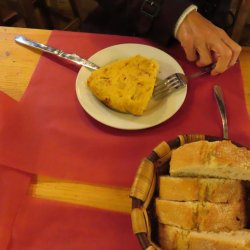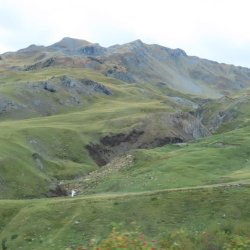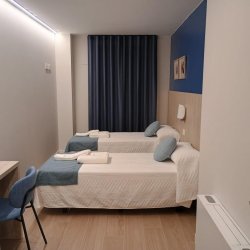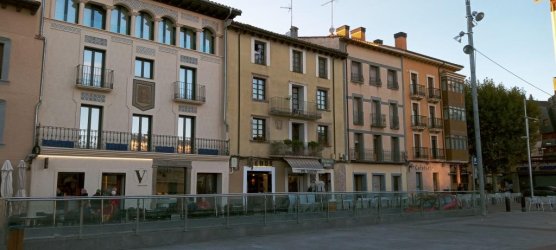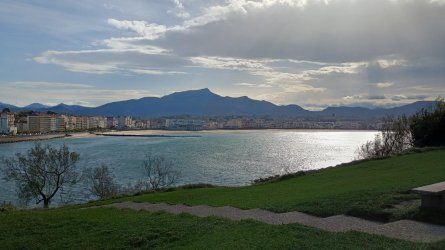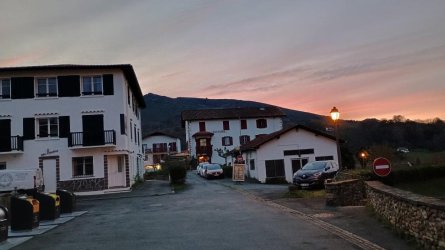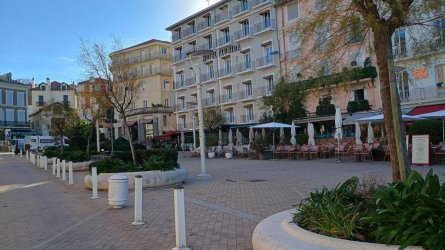Next we were heading to Jaca on the Spanish side of the Pyrenees and there are basically two mountain passes that could be considered: the Col de Bessata and the Col du Pourtalet. The Bessata route goes from Pau via Oloron-Sainte-Marie and Canfranc and is the route that the railway line used until it was closed in 1970 after a major derailment destroyed one of the bridges. More here:
Pau–Canfranc railway - Wikipedia
Canfranc is reached from the french side through the 7.8km Somport tunnel. The station at Canfranc was featured in one of Michael Portillo's Great Continental Railway Journeys and is said to be where Hitler met Franco in 1940 (see
https://glintoflight.com/wp-content/uploads/2020/07/Canfranc-_-What_Stories_It_Could_Tell.pdf).
Note that there are other reports that state that Hitler and Franco met at the station in Hendaye in 1940. I'm not able to confirm whether they met at both stations or whether one of these "meetings" has been misreported. Either way, the station at Canfranc is quite spectacular and has a lot of history. After the line closed, the Somport tunnel was modified to take road traffic but the station was left to deteriorate. However, recently it has been renovated into a luxury hotel
Canfranc Estación, a Royal Hideaway Hotel - Huesca - o Guia MICHELIN
Currently there are public consultations about reopening the line:
SNCF Réseau begins public consultations to reopen strategic France-Spain rail line
With all this history and proposals I wanted to travel via this route and check it all out for myself however, I was disappointed to find that the road was impassable following heavy rain in early September that washed away large sections of the road:
Pyrénées road connecting France and Spain will be closed for months
So it was the route over the Col du Pourtalet for us...













